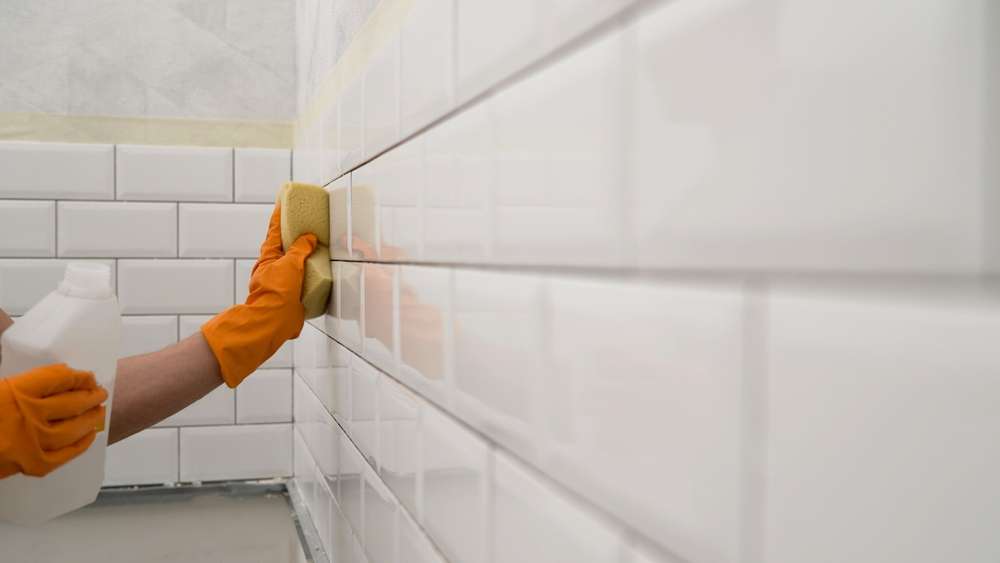Safe flooring options to reduce slip hazards in wet zones
Wet zones such as showers, around tubs, and near sinks present ongoing slip risks if flooring and surrounding systems are not selected and installed to manage moisture. Choosing appropriate nonslip surfaces, combined with proper waterproofing, ventilation, and drainage, can significantly reduce accidents while supporting long-term durability and maintenance.

How do tiles and nonslip finishes reduce slips?
Ceramic and porcelain tiles remain common choices because they are durable and easy to clean. Selecting tiles with a textured surface or a rated slip-resistance (often measured as a coefficient of friction) reduces the chance of slips when wet. Porcelain tiles with a matte or lightly textured finish provide traction without trapping grime. For wet zones, consider smaller-format tiles or mosaics: the increased number of grout joints can improve grip underfoot. Complement tile choice with rugs or mats that have water-resistant backings but ensure they are secured so they do not become trip hazards.
What waterproofing, drainage, and moisture control measures help?
A safe wet zone is a system, not just a surface. Effective waterproofing under tiles prevents moisture ingress that can weaken subfloors and lead to slippery residues. Sloped surfaces toward a central drain or linear drainage channel keep standing water from pooling. Where floor-level drains aren’t possible, design slightly pitched sections or use trench drains at shower thresholds. Managing moisture also includes sealing transitions around fixtures and using water-resistant substrates. Proper drainage and waterproofing reduce mold and maintain consistent surface friction over time.
How does grout and regular maintenance affect safety?
Grout condition influences both traction and hygiene. Worn, missing, or smooth grout lines can allow tiles to shift and create uneven surfaces; porous grout may trap soaps and oils that become slippery. Use sanded grout for wider joints and epoxy grout where high moisture and staining resistance are needed. Regular maintenance—routine cleaning with appropriate, non-oily cleaners and periodic resealing of porous grout—helps preserve texture and slip resistance. Preventive upkeep also extends material life and keeps nonslip properties effective.
Can ventilation, heating, and lighting improve wet-zone safety?
Ventilation reduces humidity and surface condensation that contribute to slippery floors; an adequately sized extractor fan or passive ventilation lowers residual moisture levels. Floor or towel heating systems help dry surfaces faster, particularly in cooler climates, reducing sustained wetness. Good lighting is equally important: glare-free, evenly distributed illumination helps people see wet patches, transitions, and texture changes. Together, ventilation, heating, and lighting create an environment that lowers moisture retention and improves visibility, complementing physical nonslip measures.
How do fixtures, plumbing, and accessibility features play a role?
Placement and design of fixtures and plumbing affect how water flows across a floor. Leaking or poorly routed plumbing can create chronic damp areas that increase slip risk. Position fixtures so splashes are contained or directed toward drains. Accessibility fittings—grab bars, curbless entries, and stable seating—provide additional safety where traction alone may not suffice. Combining fixture design with slip-resistant flooring and correct plumbing installation helps create safer zones for users with differing mobility needs.
What about sustainability, storage, and long-term upkeep?
Sustainable flooring choices can include recycled-content tiles, responsibly sourced natural stone, or linoleum with non-slip finishes; consider embodied environmental impacts alongside performance. Long-term maintenance plans—using breathable sealers, scheduling grout inspections, and storing cleaning products in ventilated cabinets—preserve surface properties and reduce hazards. Adequate storage for towels and toiletries prevents items from ending up on wet floors. Choosing materials that balance longevity, recyclability, and ease of maintenance supports both safety and environmental goals.
Conclusion Effective slip-risk reduction in wet zones depends on pairing appropriate nonslip flooring with system-level measures: waterproofing, drainage, ventilation, correct plumbing and fixtures, plus ongoing maintenance. Thoughtful design and material selection that consider grout, lighting, heating, accessibility, storage, and sustainability create safer, more durable wet zones without relying on a single solution.





